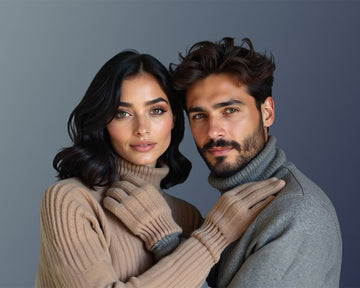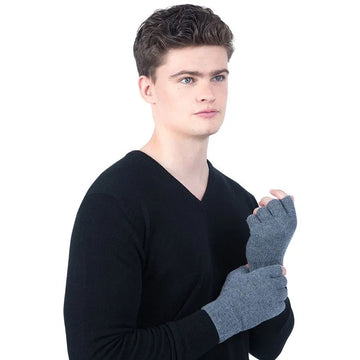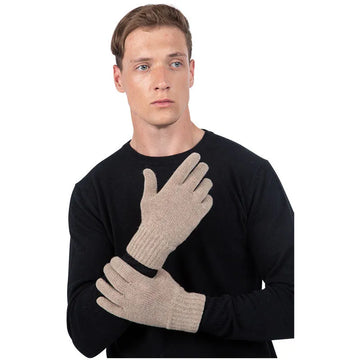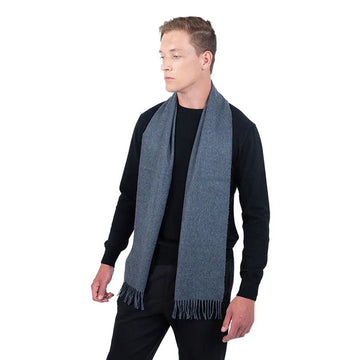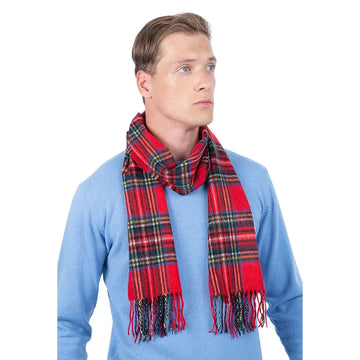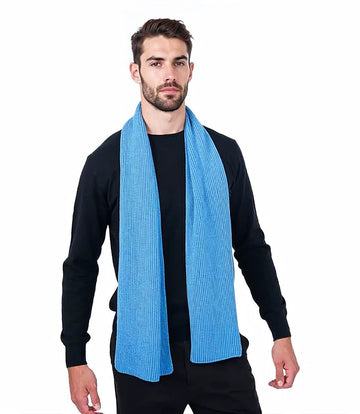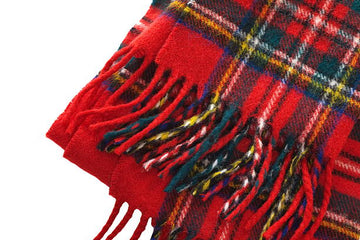Now the first chills of autumn are here, it’s time to stock up on some warm and stylish accessories such as a cosy cashmere wrap. If you prefer a scarf or wrap with a pattern, then tartan is a timeless choice. The unique combination of colours and stripes is not only a style classic, but it is also a symbol of history and culture.
Here’s a look at how these characterful and iconic designs have evolved over centuries.
What is a tartan?
A tartan is a pattern that comprises two or more different solid coloured stripes. The pattern is known as a ‘sett.’ The tartan pattern has been worn in the Highlands of Scotland for several centuries. It was worn by men and women and used to make kilts, trews, hats, socks, and even footwear.
Early tartans were simple checks that were made from wool and dyed with plant extracts. They were worn by the people in the district in which they were made, which is how they came to be associated with clans. As chemical dyes were introduced, the colours became brighter and more varied.
The reason that you find tartans with multiple overlaid stripes is because as the clans evolved through intermarriage, an overstripe was added to the tartan clan.
A forbidden fashion
After the Battle of Culloden in 1746, the government in London attempted to crack down on troublesome Scottish clans by passing oppressive laws, including making the wearing of tartan a criminal offence. The Act was repealed in 1785, but unfortunately the Highland people largely didn’t revert to wearing their tartans.
However, tartans once again came into fashion when George IV visited Edinburgh in 1822 and suggested that traditional tartans were worn for official functions. Many of the original patterns had been lost and so there was some creative reinvention.
Tartans are now required to be registered at Lyons Court. The definition of a tartan from the official Scottish Register of Tartans is as follows: 'A tartan is a design which is capable of being woven consisting of two or more alternating coloured stripes which combine vertically and horizontally to form a repeated chequered pattern.'
Different types of tartan
There are several different categories of tartan: clan tartans, dress tartans, mourning tartans, hunting tartans, and chief’s tartans. Dress tartans have a white background and lighter colours and mourning tartans are traditionally black and white.
However, many styles of tartan are now simply modern interpretations and there are a myriad of colours and stripe combinations to choose from. Reds, greens and blues are classic choices, but more muted earthy colours are also popular.
When selecting your scarf, look for a high-grade pure cashmere, which is often made in Scotland. This fabric will feel beautifully soft against your skin, whilst also providing cosy warmth.
